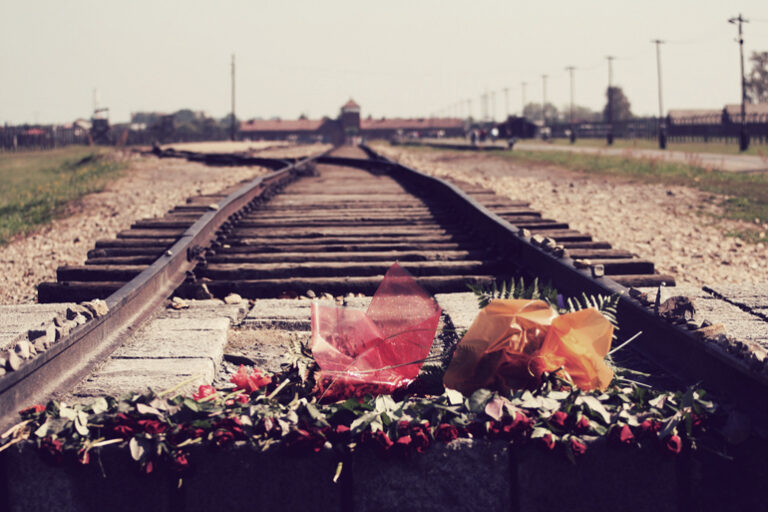Best Short Story I Read in a Lit Mag This Week: “The Rogers Ladder” by Holly Wendt
In the summer of 1895, Linnie Rogers became the first woman to ascend Devil’s Tower in Wyoming, by climbing up a precarious, 350-foot wooden ladder made of stakes driven into a crack running up the rock formation’s side. In Holly Wendt’s “The Rogers Ladder,” (Gulf Stream) the national monument and this minor historical event take on vast dimensions in the mind of a grieving narrator, Rachel.
Early on, Wendt begins weaving together Rogers climb, the recent death of the Rachel’s daughter Maddie, and her current visit to the national monument with her husband.
“One hundred years after Linnie Rogers’s climb, Rachel’s five-year-old daughter, wearing blue polka-dot shorts and yellow jelly shoes, was killed in a car accident. Rachel’s husband, David, had been driving…David stands now beside the maps, planning their hike, talking with one of the park rangers…The accident was not his fault.”
But this conclusion doesn’t help with her grief, which is overwhelming and complex. She loves David, but also hates him—at times even more than the actual driver at fault. Wendt reveals how this mess of contradictory emotions has made a stranger of Rachel’s own body.
“Her therapist says anger like this is normal. Rachel doesn’t think it’s normal at all. It doesn’t feel normal, on her skin, in her bones. It’s been more than a year. They haven’t had sex in that long. It’s not because she doesn’t want it. Her body wants it. Her body wants sex and another child, and some days, her skin feels so electric she can’t stand it. It’s that getting that close to him, putting her hands on his body, makes her fingers want to turn to claws, makes her want to gouge and bite.”
This trip is in hopes of healing that connection, but there’s so much more to it for Rachel—for instance, the potential of another child, something she both desperately wants and doesn’t. As they close in on the monument (and notice here how Wendt begins subtly loading it with the symbolic weight of the accident), Rachel begins to express anger physically towards David.
“It wasn’t his fault.
Rachel says that to herself every day. She says it to herself as they walk safely and easily around the monolith, and she says it out loud. She squeezes David’s fingers, and when he squeezes back, it’s so tight it hurts. When her fingernails dig into the back of his hand, he doesn’t flinch or pull away. His eyes drift closed, calm, and yes, she loves him.”
Late that night, once David is asleep at the campground, Rachel sneaks up the side of the monument in search of the Rogers Ladder, which hasn’t been used for years, but still exists as a landmark. She finds it, and in doing so, draws closer to her grief.
“The ladder is made of ash pegs hammered into one of the tower’s long cracks and held together with a strip of wood on one side…She looks down…She has only to loosen her arm, unjam her feet. She thinks she wouldn’t even have to let go—she’d only have to keep climbing. Eventually, the ladder would give…bleeding knuckle stains the wood dark, and in the pale dawn light, the color becomes color: there red on wood-bone-brown; below, gray rock and soft lichen green. Dark blue smears of shadow, like Linnie Rogers’s bloomers, like Maddie’s polka-dotted shorts.”
Early in the story, Wendt describes Rachel’s internal feelings using more direct, general terms—anger, hate, love—while as we near the end, those feeling are represented by more complex, associative images, all woven together. It’s an expression of Rachel’s internal cohesion, where before there was opposition. As dawn arrives, the colors of blood and wood and rock meld together, as does the shadow of the present with the triumphs (Rogers) and tragedies (Maddie) of history. Wendt’s portrayal of Rachel’s transformation is satisfying, but mysterious; beautiful, yet difficult to understand. In short, a lot like life itself.



